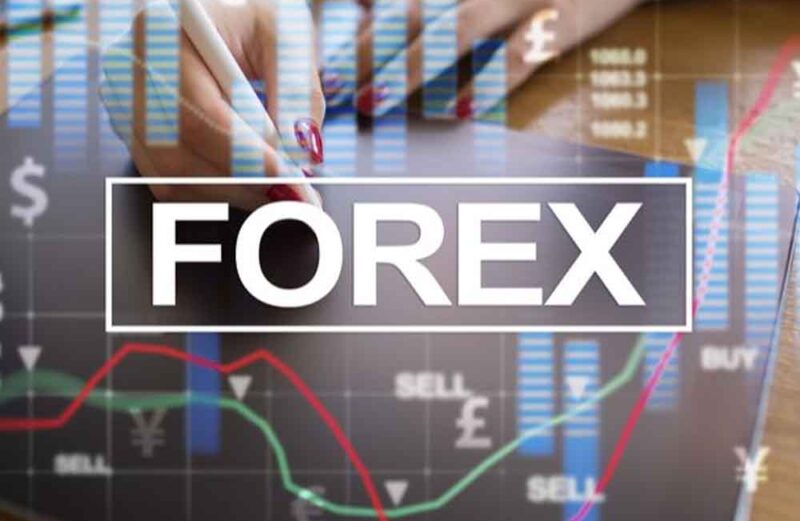The Moving Average (MA) is a widely used technical indicator in forex trading that helps traders identify trends and track price action. It is a trend-following indicator that calculates the average of an asset’s price over a specified number of periods and plots that average as a line on a price chart.
There are different types of moving averages, including simple moving averages (SMA), exponential moving averages (EMA), and weighted moving averages (WMA). Each type of moving average has its own calculation method and is used in different ways by traders.
Simple Moving Averages are calculated by taking the sum of an asset’s price over a specified number of periods and dividing by that number. Exponential Moving Averages give more weight to recent prices, while Weighted Moving Averages give more weight to prices in the middle of the specified period.
Traders use Moving Averages to identify trends, support and resistance levels, and potential trend reversals. For example, if an asset’s price is consistently above its moving average, it may indicate an uptrend. Conversely, if the price is consistently below its moving average, it may indicate a downtrend.
It’s important to note that Moving Averages are lagging indicators, meaning they provide information on past price action and may not always provide accurate signals for future price movements. Traders should use Moving Averages in conjunction with other forms of analysis, such as price action and market sentiment, to make informed trading decisions.
how to read Moving Averages indicator in forex?
Moving Averages (MA) are a commonly used technical indicator in forex trading. They are used to identify the trend and potential support and resistance levels in the price of a currency pair. Here is how to read moving averages in forex:
- Determine the timeframe: The first step is to determine the timeframe for which you want to use the moving average. The most commonly used timeframes are 50-day and 200-day moving averages, but you can use any timeframe that suits your trading style.
- Identify the trend: The moving average can be used to identify the trend in the price of the currency pair. If the price is above the moving average, it is generally considered a bullish trend, while if the price is below the moving average, it is generally considered a bearish trend.
- Identify support and resistance levels: The moving average can also be used to identify potential support and resistance levels. If the price of the currency pair is approaching the moving average from below, it may encounter resistance at the moving average. Conversely, if the price of the currency pair is approaching the moving average from above, it may find support at the moving average.
- Confirm trend with multiple moving averages: Many traders use multiple moving averages to confirm a trend. For example, you can use a short-term moving average, such as a 20-day moving average, and a long-term moving average, such as a 50-day moving average. If the short-term moving average is above the long-term moving average, it can confirm a bullish trend, while if the short-term moving average is below the long-term moving average, it can confirm a bearish trend.
It’s important to note that moving averages are a lagging indicator, meaning that they are based on past price movements and do not predict future price movements. As with any indicator, it’s important to use moving averages in conjunction with other technical and fundamental analysis tools and to practice proper risk management when trading forex.

